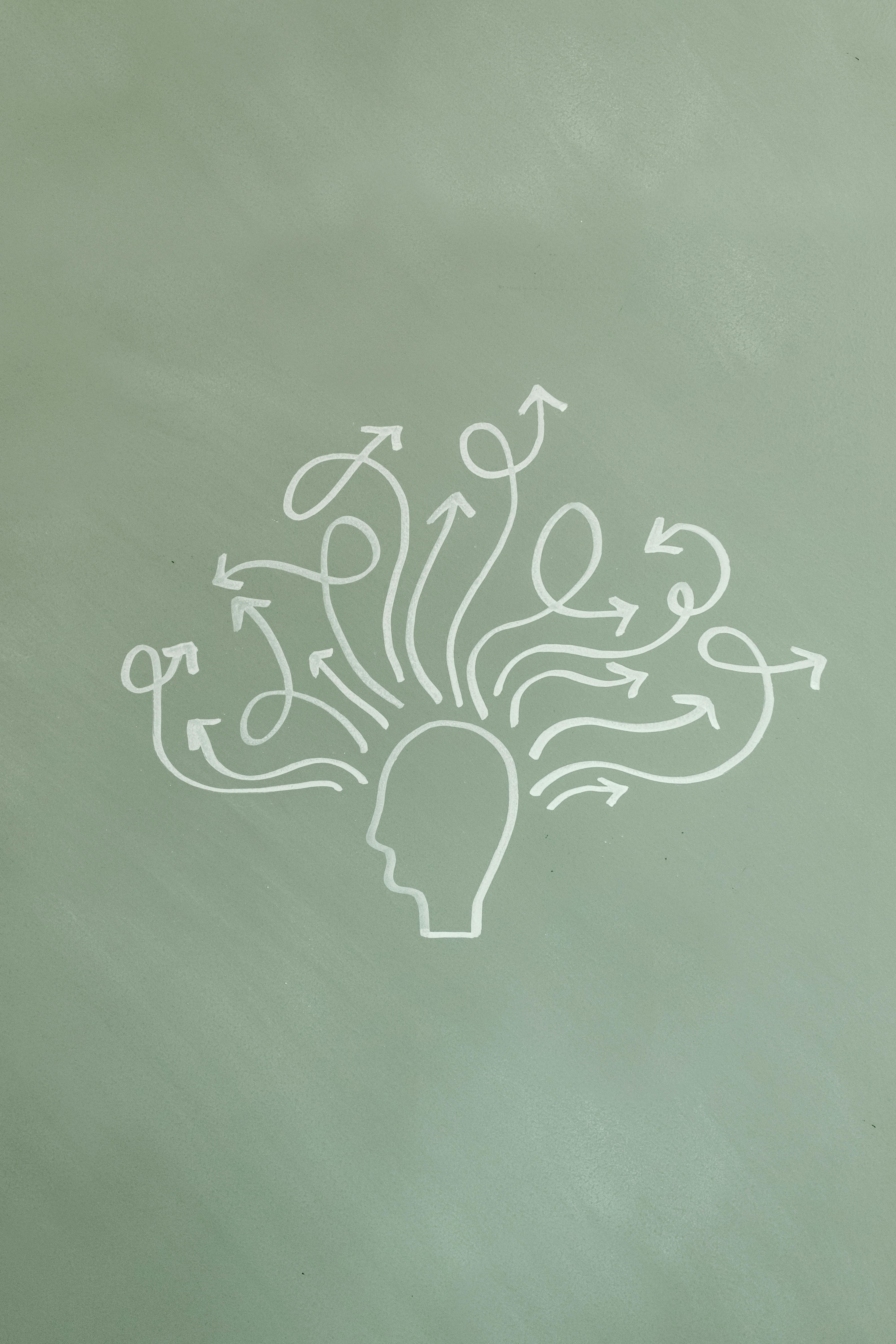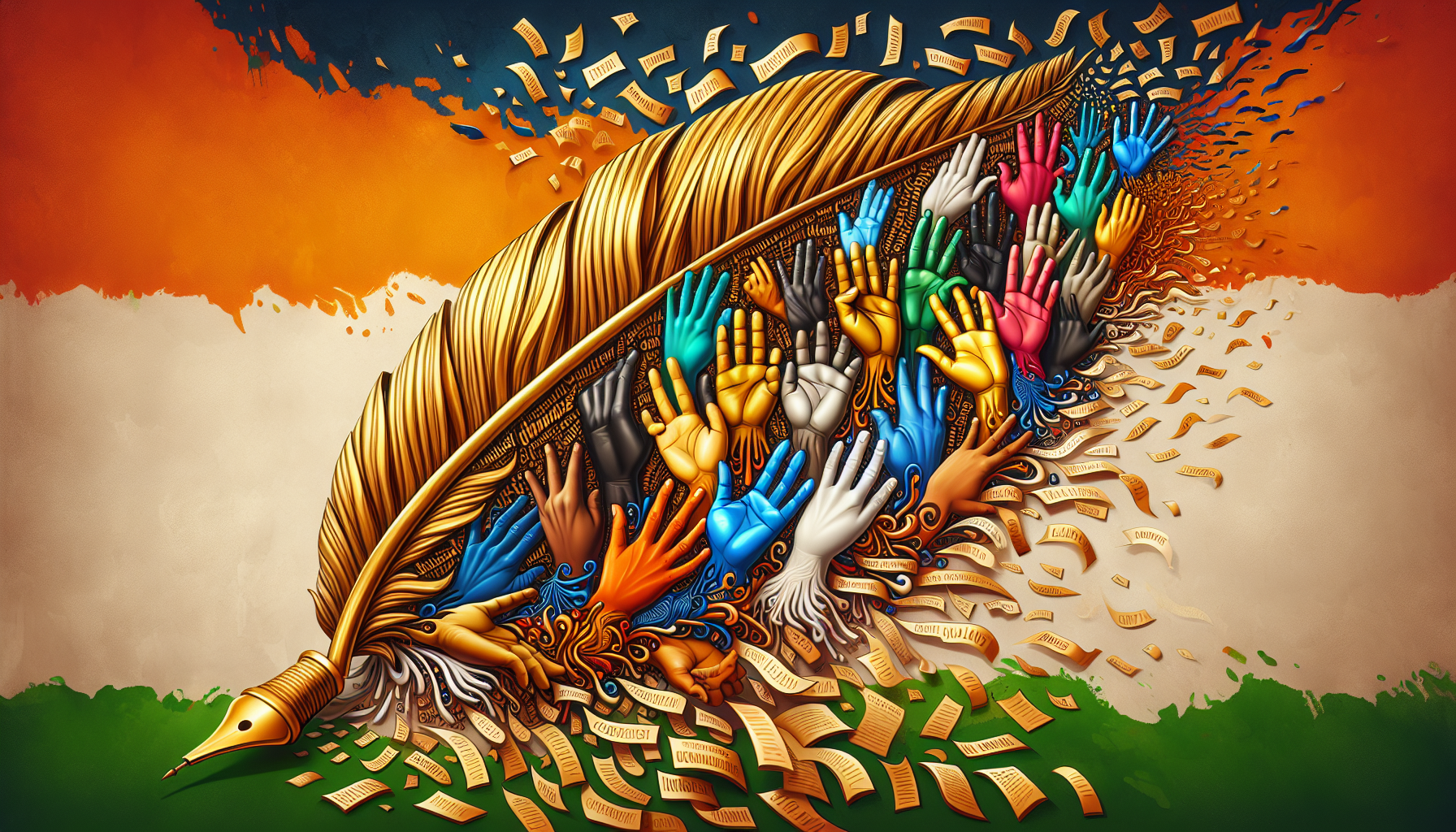Step into the world of Indian literature, a realm brimming with linguistic and literary treasures. On IndianCulture.com, you can delve into the distinctive influence of Sanskrit, classical epics, and contemporary authors, celebrating India’s rich literary heritage. In this captivating exploration, we shine a spotlight on Indian literature’s unique contribution to the disability narrative. Through inclusive stories, these literary gems not only entertain but also challenge societal perceptions, shedding light on the lives and experiences of individuals with disabilities. Join us on this enlightening journey as we uncover the power of words to create a more inclusive and empathetic world.

Defining The Disability Narrative
As our understanding of disability and its representation in literature continues to evolve, it is important to explore the concept of the disability narrative in Indian literature. The disability narrative refers to stories and narratives that center around disabled individuals and their experiences. These narratives aim to challenge societal norms and stereotypes, and provide a platform for disabled individuals to tell their own stories. By shedding light on the diverse experiences of disabled individuals, the disability narrative seeks to promote inclusivity, empathy, and understanding.
Historical Context: Portrayal of Disability in Indian Literature
Ancient Indian texts have played a significant role in shaping the portrayal of disability in Indian literature. In these texts, disability is often depicted through various lenses, ranging from mystical powers associated with certain disabilities to the stigmatization and exclusion of disabled individuals. Sanskrit literature, in particular, provides examples of both inclusion and exclusion of disability. While some texts depict disabled characters in positive light, others perpetuate harmful stereotypes and discrimination.
The classical epics, such as the Mahabharata and the Ramayana, also offer valuable insights into the portrayal of disability. These epics feature characters with disabilities, such as Dhritarashtra and Shoorpanakha, who play important roles in the narratives. These characters’ disabilities are not only physical but also act as catalysts for their experiences and interactions within the story.

Evolution of Disability Narratives in Indian Literature
Over time, disability narratives in Indian literature have transformed to reflect the changing social, cultural, and political landscape. As societal understanding and acceptance of disability has evolved, so too have the narratives. Modern Indian literature embraces diverse perspectives on disability, highlighting the experiences of individuals with disabilities across various contexts and communities.
Renowned Indian authors have played a crucial role in incorporating disability narratives into their works. Authors like Arundhati Roy in “The God of Small Things” and Amish Tripathi in “The Immortals of Meluha” have depicted disabled characters with depth and complexity, challenging stereotypes and offering new perspectives. However, the portrayal of disability in contemporary Indian literature has also faced critiques and discussions, particularly in terms of authenticity and the potential for reinforcing ableist tropes.
Representations of Disability in Modern Indian Literature
In modern Indian literature, disability is explored from a multitude of angles and experiences. These narratives present a rich tapestry of disabled individuals and their stories. They delve into the challenges faced by disabled individuals in navigating societal barriers, while also highlighting their triumphs and resilience.
Explore the works of renowned Indian authors who have skillfully incorporated disability narratives into their writing. Jhumpa Lahiri’s “The Lowland” delves into themes of disability and caregiving, while also exploring the intersection of disability and immigration. Chitra Banerjee Divakaruni’s “The Palace of Illusions” offers a reinterpretation of the Mahabharata through the eyes of Panchaali, who contemplates her own disabilities and societal expectations.
It is important to recognize that the portrayal of disability in contemporary Indian literature is not without critiques. Some argue that these narratives can inadvertently reinforce stereotypes or overlook the experiences of certain disabled communities. It is essential for writers, readers, and critics to engage in ongoing discussions and foster greater inclusivity in the representation of disability in Indian literature.

Intersectionality: Disability and Gender
A crucial aspect of the disability narrative in Indian literature is the intersectionality of disability and gender. Disabled women have historically been marginalized and face unique challenges that intersect with their disabilities. Indian literature explores these intersections, shedding light on the experiences of disabled women and challenging societal norms.
Disabled women in Indian literature are portrayed as multifaceted individuals, breaking free from the limitations imposed upon them by society. Authors like Anuradha Roy in “An Atlas of the Difficult World” and Anita Desai in “The Zigzag Way” present disabled women who defy stereotypes, reclaim their agency, and confront societal expectations.
These narratives also bring attention to the challenges faced by disabled women, both within their families and wider society. They shed light on the discrimination and lack of access to resources that disabled women often encounter, while also highlighting their strength, resilience, and capacity for self-advocacy.
Rediscovering Forgotten Voices: Disability in Folktales and Oral Traditions
Indian folktales and oral traditions have a long history of incorporating disability into their narratives. These traditional stories provide valuable insights into cultural attitudes towards disability and the lessons and values they reflect.
Exploring disability representation in Indian folktales and oral traditions reveals a rich tapestry of characters with disabilities. These characters often possess unique skills, knowledge, or powers associated with their disabilities. Their stories teach important life lessons, emphasizing the value of inclusivity, empathy, and understanding.
Cultural storytelling has a powerful impact on shaping societal attitudes towards disability. By promoting narratives that include disabled individuals as central characters and celebrating their contributions, folktales and oral traditions foster a sense of belonging and challenge ableist norms.
Inclusive Storytelling: Perspectives of Disabled Authors
A significant development in Indian literature is the emergence of disabled authors who share their own experiences and perspectives through their writing. These disabled authors offer unique insights into the disability narrative, drawing from their personal experiences of living with a disability.
Examining the voices of disabled authors and their contributions to Indian literature reveals a diversity of experiences and perspectives. Authors like Nidhi Goyal, whose memoir “Disability and Sexuality in India: Stories from the Margin” explores the intersectionality of disability and sexuality, break new ground in addressing taboo subjects and expanding the disability narrative.
Disabled authors face unique challenges in navigating the publishing industry, which often lacks inclusivity and accessibility. However, their contributions to Indian literature are crucial in promoting representation and authenticity in storytelling. Their voices provide a platform for disabled individuals to see themselves reflected in literature and offer valuable insights into the disability experience.
The Role of Indian Literature in Shaping Disability Discourse
Indian literature plays a vital role in shaping disability advocacy and awareness in society. By portraying disabled characters with depth and complexity, literature challenges stereotypes and fosters understanding and empathy among readers.
The portrayal of disability narratives in Indian literature has evolved over time, reflecting the changing societal landscape and the efforts of disability advocates. However, challenges remain in achieving accurate and authentic representation. The power of storytelling is instrumental in promoting inclusivity and empathy, and Indian literature has the potential to continue shaping disability discourse and challenging ableism.
Readers and critics also have a crucial role to play in shaping the future of disability storytelling. By engaging with and supporting disability narratives, readers can encourage the publishing industry to prioritize diverse voices and perspectives. Critics can provide constructive feedback and promote discussions that lead to greater inclusivity and representation.
From Page to Screen: Adaptations of Disability Narratives
The impact of disability narratives extends beyond the written word. Successful adaptations of Indian literature with disability narratives into film and television have further shaped societal perceptions.
The visual medium has the power to reach a wider audience and create a lasting impact. Indian films like “Black” and “Taare Zameen Par” have brought disability narratives to the forefront, portraying disabled characters with depth and nuance. These adaptations have not only entertained audiences but also challenged ableist stereotypes and fostered conversations around disability.
However, the question of representation versus tokenism remains critical in adaptations. While inclusivity is important, it is crucial to ensure that disabled individuals are involved in the filmmaking process and that disability narratives are presented authentically and respectfully.
The Future of Disability Narratives in Indian Literature
As Indian literature continues to evolve, there is great potential for further inclusivity and representation in disability narratives. It is essential to recognize and amplify the voices of disabled individuals, both as authors and as characters in stories.
The need for diverse voices in disability narratives is undeniable. Ethnic, cultural, and socioeconomic diversity within the disability community should be reflected in literature to ensure a comprehensive portrayal of the disability experience. Embracing a variety of perspectives will lead to a more nuanced and accurate representation of disability in Indian literature.
The role of readers and critics in shaping the future of disability storytelling cannot be understated. By demanding and supporting inclusive narratives, readers can drive change in the publishing industry and foster a more equitable literary landscape. Critics play a vital role in providing thoughtful and constructive feedback that promotes authentic representation and voices that have often been overlooked.
In conclusion, Indian literature has a significant role to play in shaping the disability narrative. From ancient texts to contemporary works, Indian literature reflects the diverse experiences of disabled individuals and challenges societal norms and stereotypes. By embracing inclusivity, promoting representation, and encouraging empathy, Indian literature has the power to transform societal attitudes towards disability and foster a more inclusive and understanding world.
